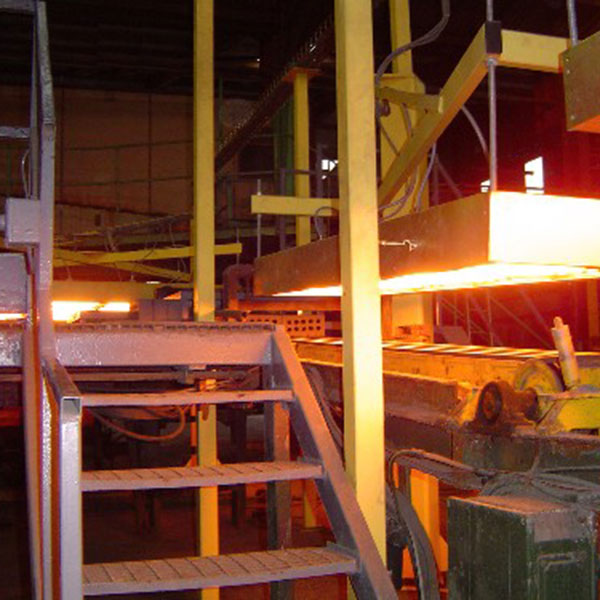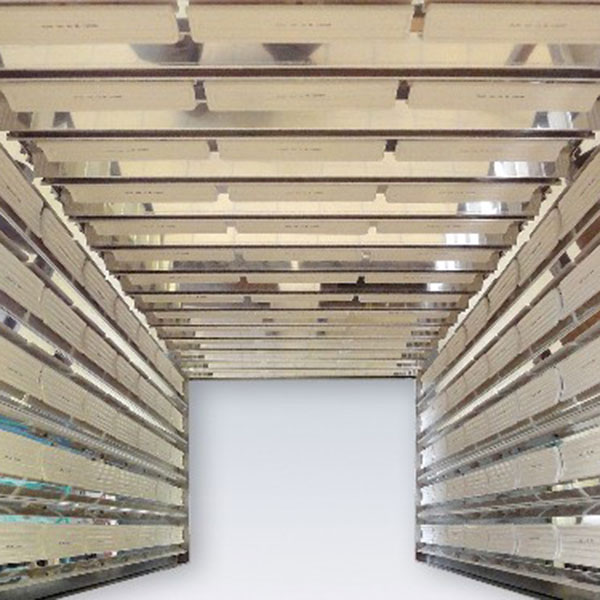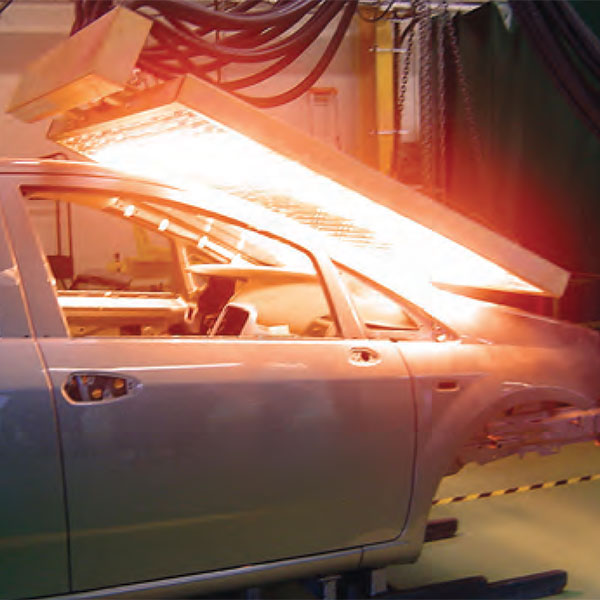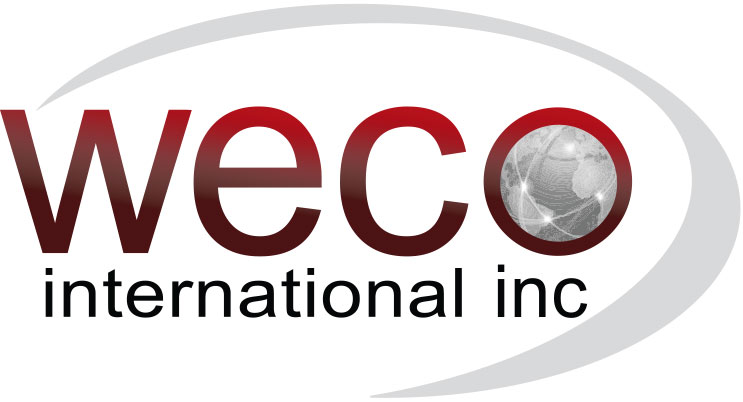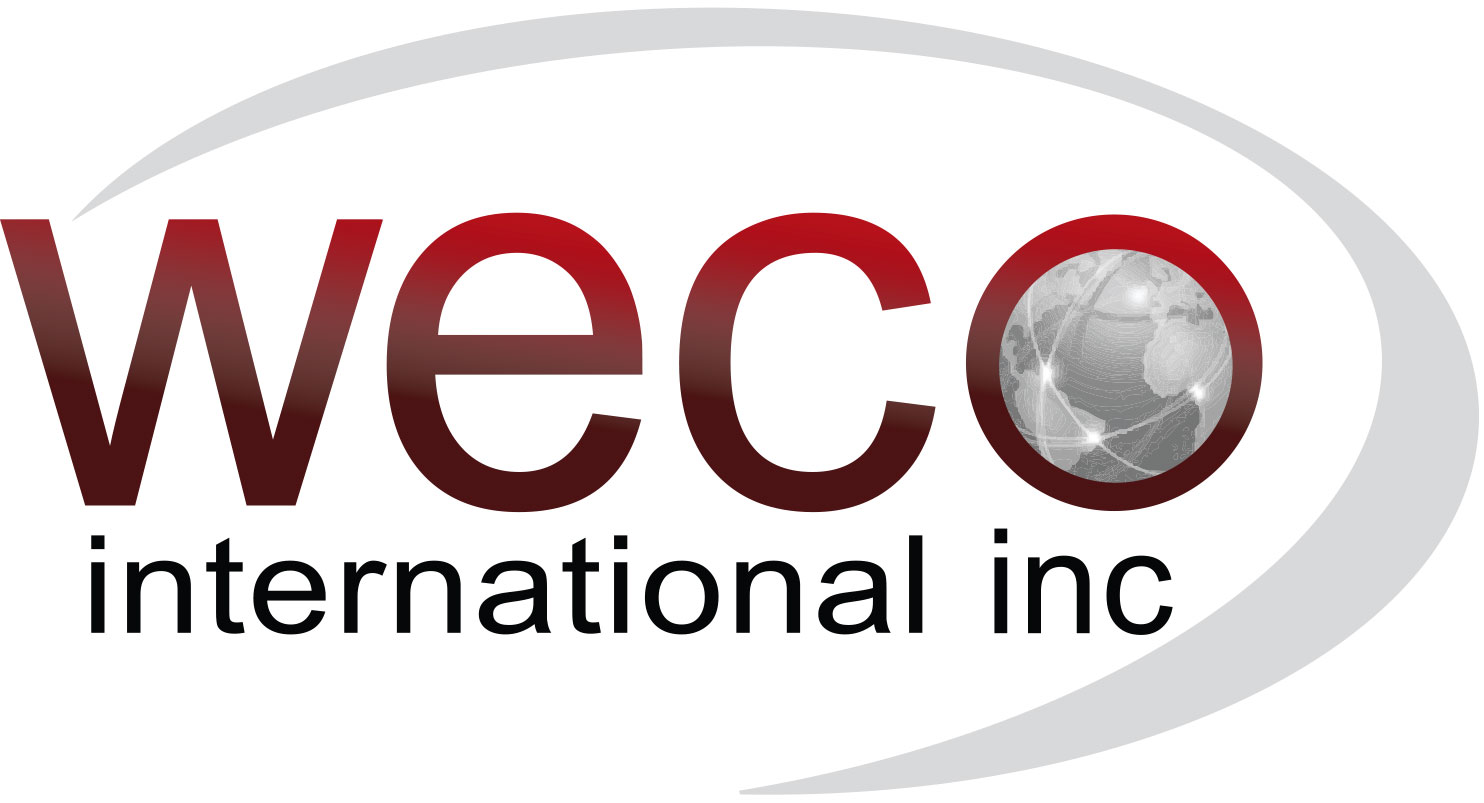Component Manufacturing
Applying Infrared Heat in Composite Manufacturing
Infrared heating can be used in sheet forming of thermoplastic composites where a sheet of solid composite laminate is heated rapidly by infrared emitters and rapidly formed by pressing between two cooler tools which form the shaped mold. Such a process is associated with fast cycle times. For the three main types of heat curing resins used in composites (epoxy, phenol formaldehyde and urethane) infrared heating can offer a faster heating time, reduce the oven length, and increase line speed when compared with traditional convective heating ovens.
Infrared also finds use in tape laying. In this process a “tape” of the raw material is heated and deposited on top of a former. A high watt density infrared lamp such as a quartz tube heats the area forward of the tape lay down. A precision robotically controlled head allows high repeat-ability and control. Several components on the Airbus A400M and A340 are produced in this way.
The preheating of molds can also be performed by IR heating. The surface of the mold may have to be treated in some cases to achieve a suitable reaction with the IR, resulting in fast surface heat up times. Repair operations on damaged composite structures such as an airplane fuselage is another area in which infrared technologies are displacing conventional heating mats and conductive methods.
Advantages of IR Heating:
- Fast heat up and fast cool down times.
- Infrared can be switched on where and when it is required.
- High watt densities possible (subject to material limits).
- Higher production speeds.
- Compact installations
- Low investment cost.
- Adaptable and expandable.
- May be the only option in some repair cases.
- Can penetrate into polymers giving a volumetric heating effect (as opposed to conductive and convective heating).
